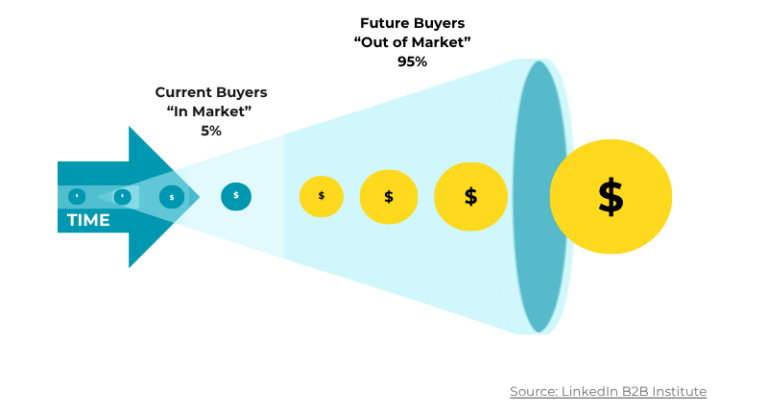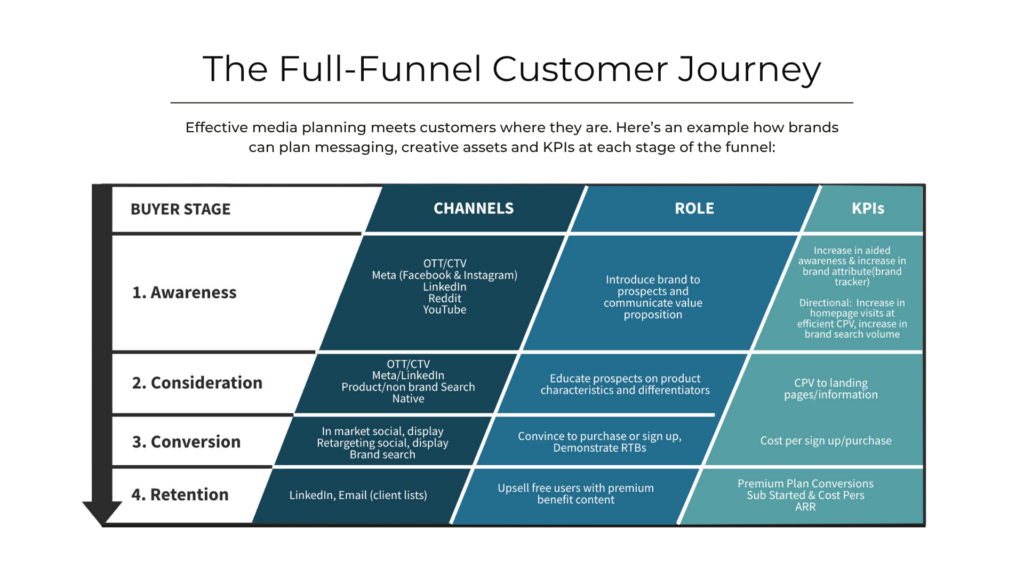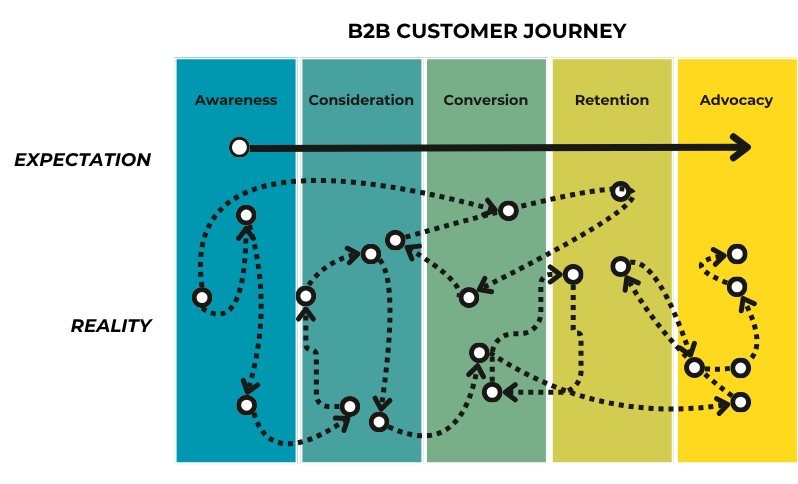
Revenue Generation: The New CMO Mandate
Marketing leaders can no longer stop at MQLs. CMOs who align their teams around revenue, and run through the finish line, own the growth narrative, earn influence in the boardroom and build marketing engines that drive pipeline, not just leads.








